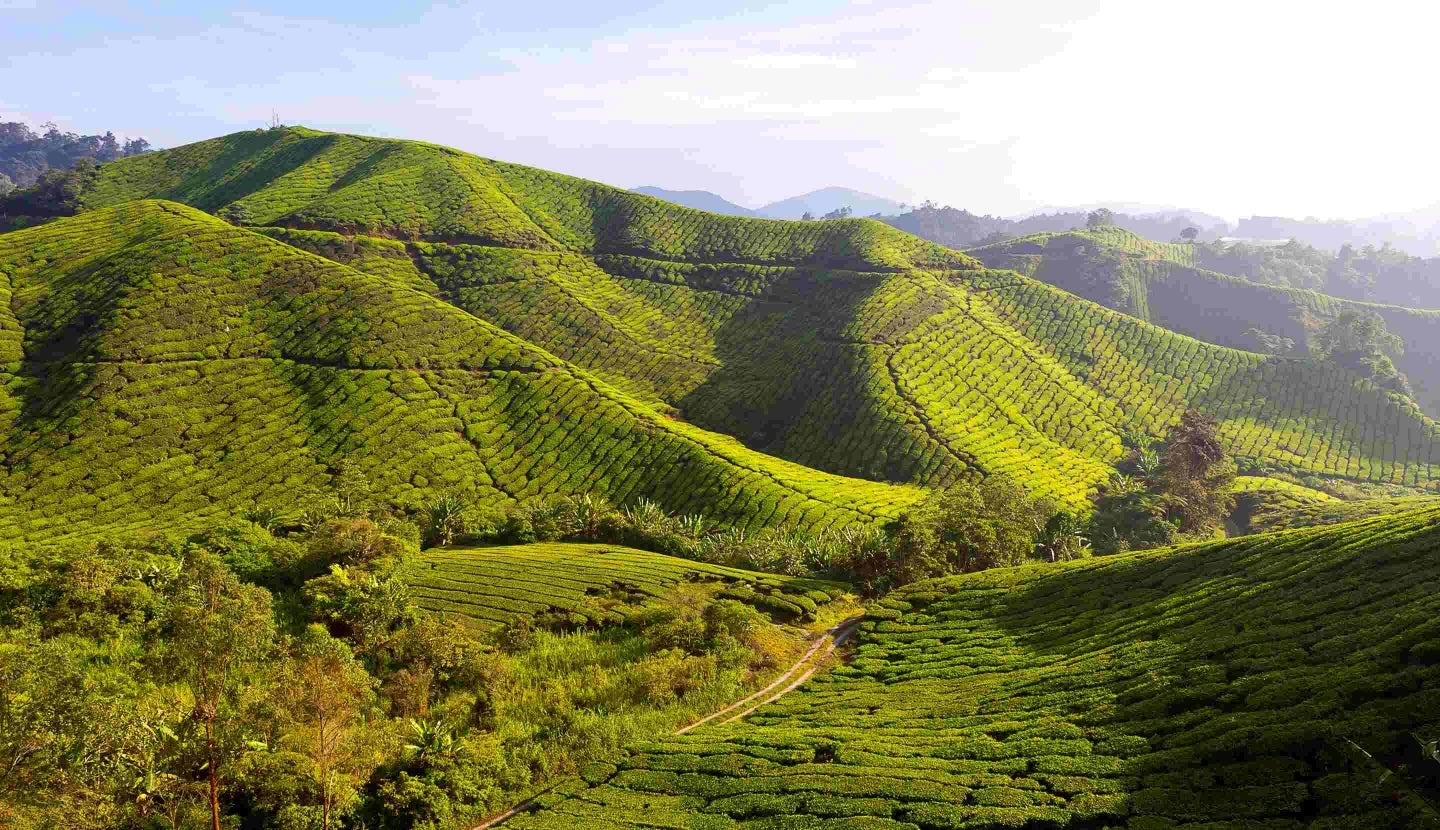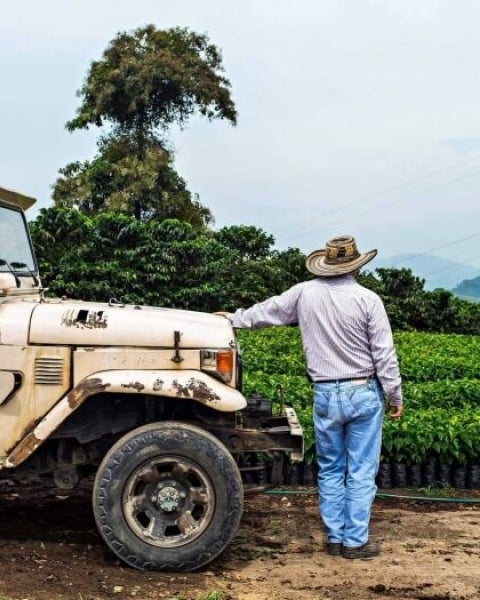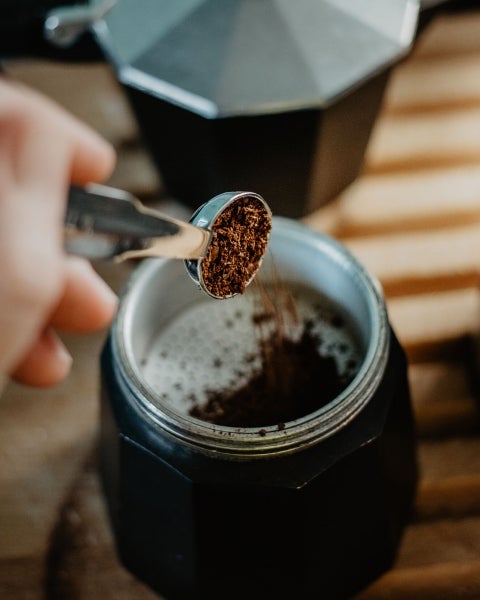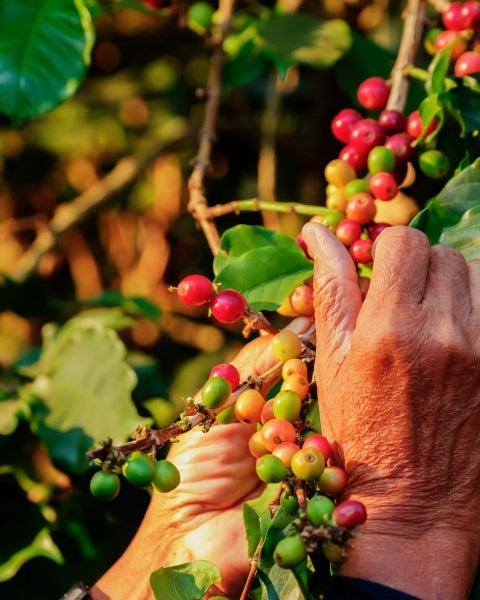STARBUCKS® and the Starbucks® logo are used under license by Nestlé. Pike Place is a registered trademark of The Pike Place Market PDA, used under license. Nespresso® and NESCAFÉ® Dolce Gusto® are registered trademarks of Société de Produits Nestlé S.A. All other trademarks are the property of their owners.
THE IMPORTANCE OF PLACE
Where a coffee comes from – its origin – makes a difference to its flavour. It’s like wine or tea. A region’s soil, climate and other conditions all have an impact on how your coffee tastes.
COFFEE'S JOURNEY The Coffee Belt
Before it reaches your cup, your coffee goes on a journey made up of many steps. All of these steps have an impact on the beans, including the region and climate in which they’re grown.
Almost all the world’s coffee grows in the “Coffee Belt.” The Coffee Belt circles the earth, falling between the Tropics of Cancer and Capricorn. There are more than 70 coffee-producing countries around the world, and Starbucks® buys coffee from more than 30 of them. The cultures, landscapes and growing methods vary by country and all contribute to different coffee flavours.
The Coffee Belt is divided into three main growing regions: Latin America, Africa and Asia / Pacific. We responsibly source, roast and blend coffees from each of these three regions to bring you unique coffees.
Just like tea or wine, coffee gets much of its flavour from where it comes from. Each of these growing regions has different growing conditions and traditions that affect the overall flavour of the coffee.
LATIN AMERICAN COFFEES
Latin American coffees are the foundation of many Starbucks® blends. We buy more coffee from this region than any other because of its consistent taste and quality. This region has many different microclimates, soils and processing traditions. Costa Rica, for example, is known for its volcanoes, which can impact the taste profile of the coffee grown there.
So, what kind of flavours can you expect from a Latin American coffee? As you sip, you’ll discover delicious notes of nuts, cocoa and soft spice.
“Costa Rica has many volcanoes. A long-term effect of the volcanoes I’ve experienced is great coffee, nourished by volcanic soil. “
AFRICAN COFFEES
Africa is home to some of the world’s most unique coffees that set our high standards of quality. The region is home to some of the world’s most exotic flavours. More specifically, Ethiopia is the birthplace of coffee.
When you brew a coffee from Africa, look out for vibrant, lush flavours ranging from citrus to berry.
QUICK FACT
Ethiopia is the birthplace of coffee, making Africa home to some of the world’s most treasured coffees.
ASIAN / PACIFIC COFFEES
The large Asia / Pacific region is home to coffees with big and bold flavours that aren’t found anywhere else. Including Indonesia, China, Papua New Guinea, Vietnam, Thailand and India, the region encompasses a wide range of climates, topographies and distinctive coffees.
Brewing a coffee from Asia / Pacific? You’re in for a treat. You’re likely to discover coffee that’s full-bodied and syrupy smooth with herbal, earthy flavours.
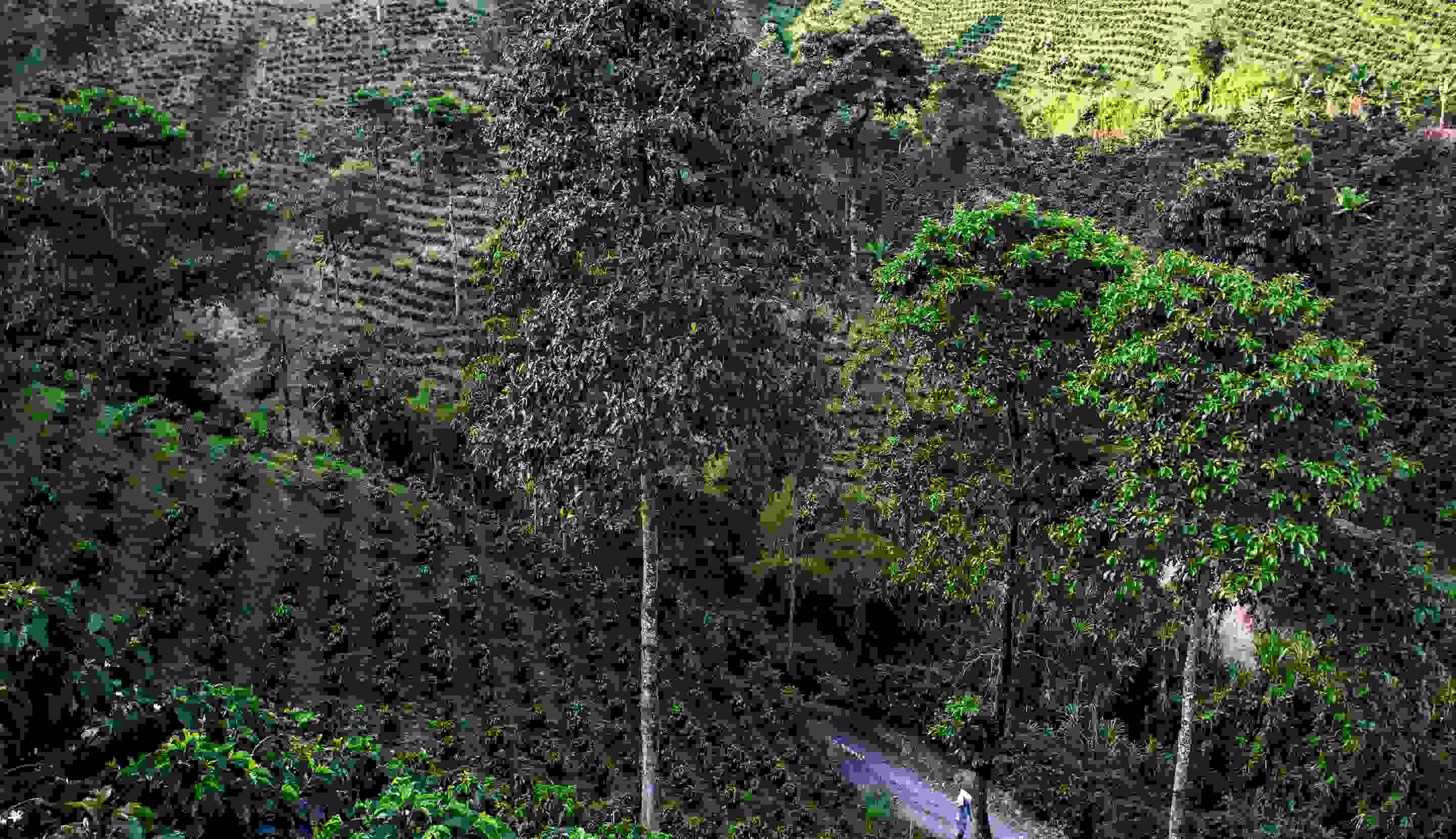
TASTE LATIN AMERICA
Look for delicious notes of nuts, cocoa and soft spice.
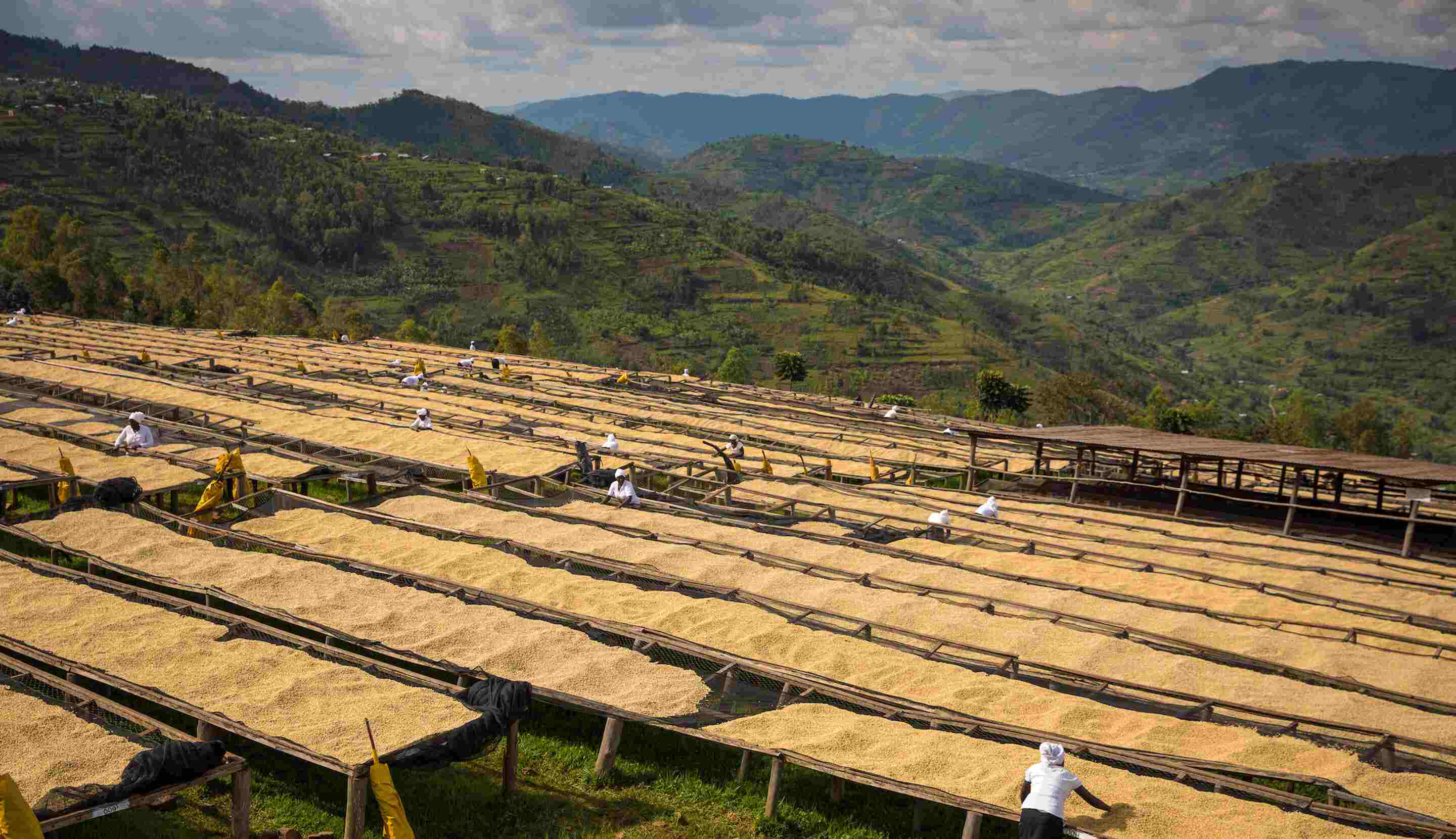
TRY AFRICA
Savour lush flavours ranging from citrus to berry.
The origin of your coffee makes a difference to how it tastes. While enjoying your next cup of Starbucks® coffee at home, take a look at where it was grown – in Latin America, Africa or Asia/Pacific.
Pay attention to the taste of your coffee as you slowly sip and see if you can notice the impact of the region on its flavour. Take a moment to really taste your coffee and let it transport you around the world.
